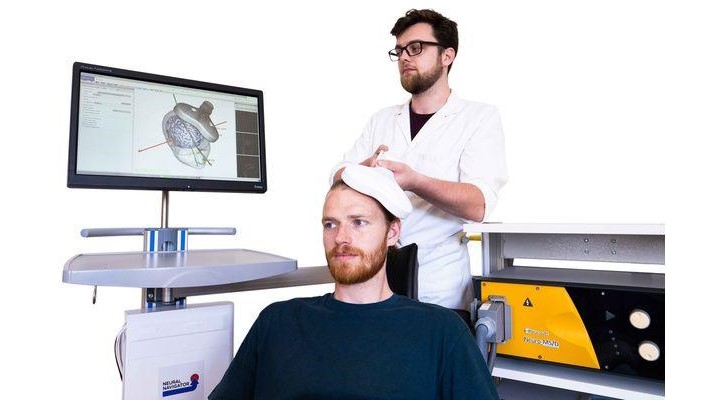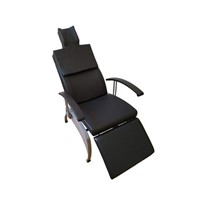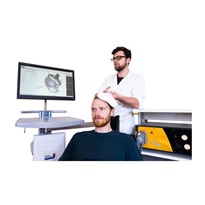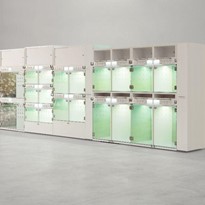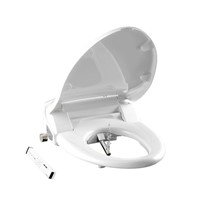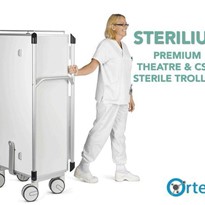Stroke
Globally over 13 million people will have a stroke each year. Patients of stroke are often left with various symptoms, such as problems with speaking, problems concentrating, and reduced functioning of the upper limbs.
rTMS Treatments
Luckily, repetitive Transcranial Magnetic Stimulation (rTMS) is turning out to be an efficient treatment for patients of stroke for multiple symptoms. Low-frequency rTMS of the contralesional primary motor cortex and high-frequency over the ipsilesional primary motor cortex has been stated to be improve recovery of the hand motor function in the post-acute stage after stroke. When using low frequency rTMS over the right hemispheres inferior frontal gyrus, non-fluent aphasia might improve in chronic stroke patients (Lefaucheur, 2020).
TMS Neuronavigation (Essentials Version)
TMS induces focused electrical current in desired brain regions via brief, time-varying magnetic fields produced by a coil, which is typically hand-held. The precise and reliable positioning of this coil is not a trivial task. A millimeter displacement from a specified target location may potentially compromise your results. Further, no two brains are alike; therefore coil placement simply based on head shape alone (‘5cm rule’) or the International 10-20 EEG is often ineffective. The Neural Navigator navigation system provides unmatched precision in positioning the TMS coil over a specified target based on an individual’s MRI. Desired brain targets can be identified by manually selecting them or by combining with fMRI determined regions of activity in real time.


-Copy-720x400.jpg)
